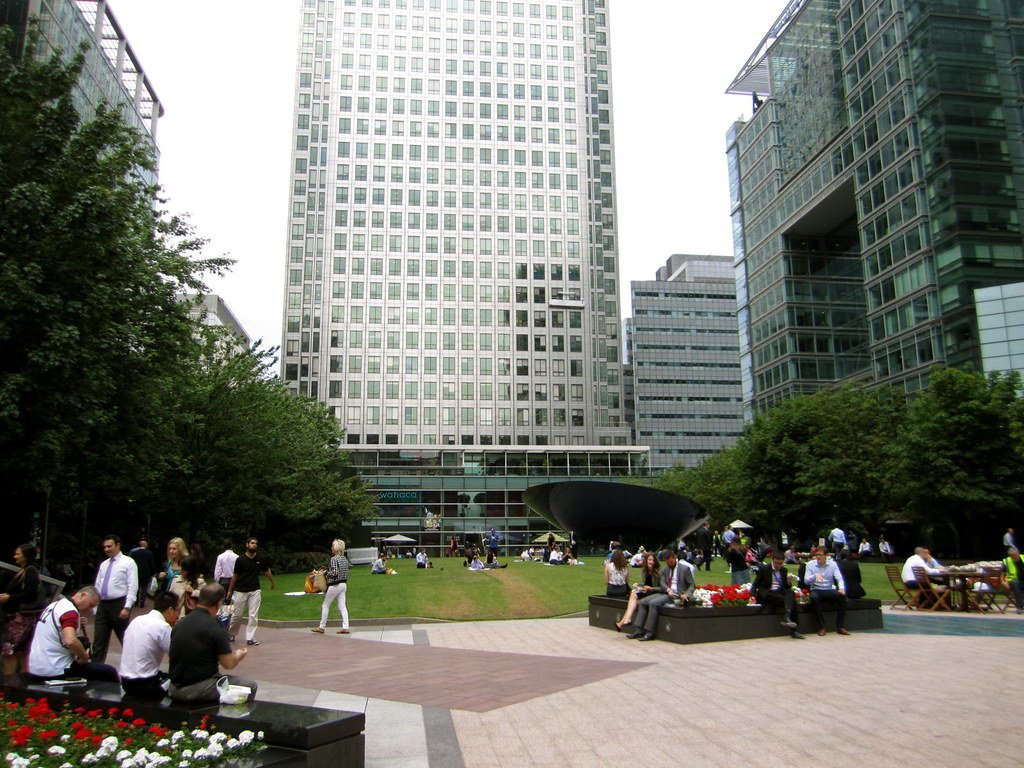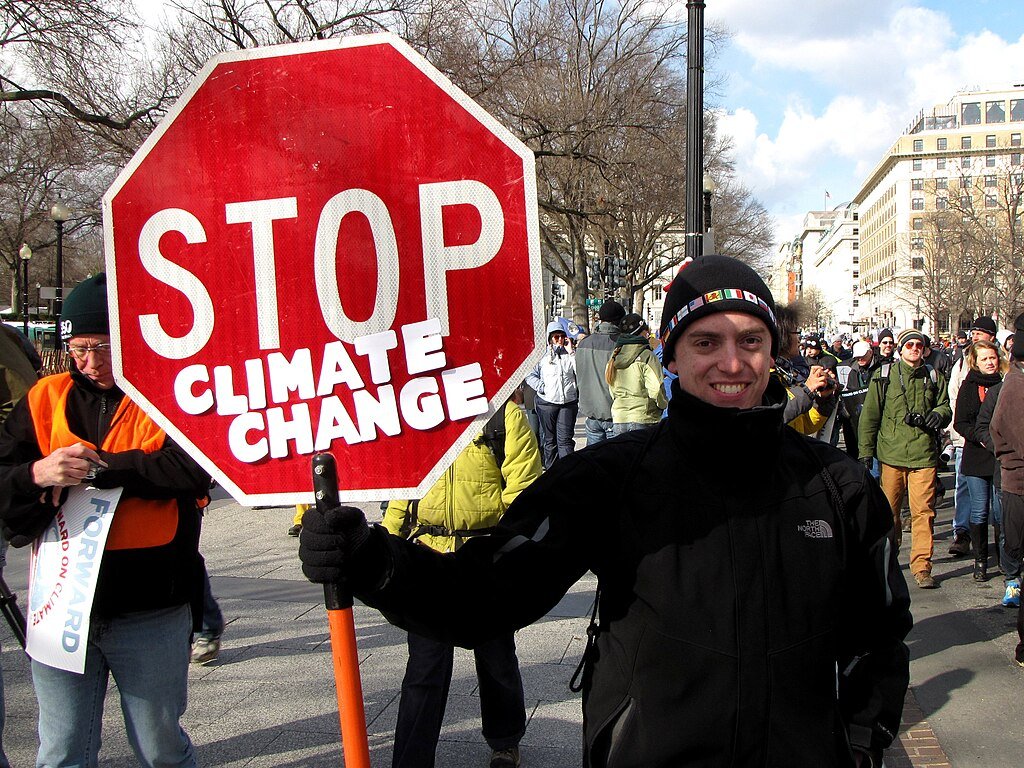Climate change is one of the most pressing challenges of our time, demanding innovative and actionable solutions to mitigate its impacts. Communities, businesses, and governments worldwide are working tirelessly to find new ways to tackle this problem. Here, we explore some promising developments that are making significant strides in the fight against climate change.
Advancements in Solar Technology

Solar technology has been at the forefront of renewable energy solutions for years. Recent advancements have enhanced the efficiency and affordability of solar panels. Innovations like perovskite solar cells show great promise due to their high efficiency rates and low production costs. Additionally, floating solar farms are gaining traction as a space-efficient solution, particularly in areas with limited land availability. These developments make solar power more accessible and could significantly reduce reliance on fossil fuels.
Carbon Capture and Storage (CCS)

Carbon capture and storage technology is gaining significant attention as a means to reduce atmospheric carbon dioxide levels. This technology involves capturing CO2 emissions from industrial sources and storing them underground or using them in other products. New projects are demonstrating the feasibility and economic viability of CCS, which can play a crucial role in reducing the carbon footprint of industries that are harder to decarbonize.
Electric and Hydrogen-Based Transportation

Transportation is a major source of greenhouse gas emissions, but electric and hydrogen-fueled vehicles offer a greener alternative. Advances in battery technology and charging infrastructure are making electric vehicles (EVs) more attractive to consumers. Meanwhile, hydrogen fuel cells are emerging as a viable solution for heavier vehicles, such as trucks and buses, which need long range and quick refueling capabilities. These technologies are crucial for achieving significant reductions in transportation emissions.
Regenerative Agriculture

Regenerative agriculture is an innovative farming practice that focuses on restoring soil health, increasing biodiversity, and capturing atmospheric carbon. Techniques such as cover cropping, no-till farming, and rotational grazing help improve soil structure and fertility, which enhances crop resilience and sequesters carbon. Many farmers are adopting these practices to improve their yields while contributing to climate change mitigation efforts.
Energy-Efficient Buildings

Buildings are responsible for a substantial portion of global energy consumption and emissions. New technologies and design strategies are making it possible to construct and retrofit buildings to be more energy-efficient. Smart glass, improved insulation, and energy management systems can significantly reduce energy usage. Moreover, green building certifications are encouraging sustainable design and construction practices worldwide.
Reforestation and Afforestation Initiatives

Forests are essential carbon sinks that absorb atmospheric CO2. Reforestation and afforestation initiatives aim to restore degraded forests and plant new ones, respectively. These efforts not only help in carbon sequestration but also preserve biodiversity and enhance ecosystem resilience. Large-scale projects, supported by both governments and private entities, are underway globally, bringing new life to deforested areas.
Innovative Waste Management Solutions

Waste management is evolving with new technologies that turn waste into resources. Innovations such as waste-to-energy plants, advanced recycling techniques, and biodegradable materials are reducing landfill use and minimizing emissions from waste decomposition. Circular economy models are being adopted by companies aiming to design products with their entire lifecycle in mind, promoting sustainability and waste reduction.
Urban Green Spaces

Urban greening involves integrating plants and green spaces into city environments, helping to moderate temperatures, improve air quality, and provide habitats for wildlife. Green roofs, vertical gardens, and urban farms are gaining popularity as they provide aesthetic benefits, improve mental health, and contribute to climate change adaptation. Cities around the world are implementing these solutions to create healthier urban environments.
Marine and Coastal Protection

Oceans and coastal ecosystems play a crucial role in regulating the climate. Protecting and restoring marine environments like coral reefs, mangroves, and seagrass beds is vital as they act as carbon sinks and protect coastlines from erosion. Initiatives focus on reducing pollution, overfishing, and habitat destruction to bolster these crucial ecosystems’ resilience against climate change.
Geothermal Energy Expansion

Geothermal energy harnesses heat from the Earth’s interior to generate electricity and provide heating. It’s a reliable and sustainable energy source with a smaller carbon footprint. Advances in drilling and exploration technology are allowing more regions to tap into this resource, especially in areas with abundant geothermal activity. As a stable and continuous power source, geothermal energy is diversifying the renewable energy mix.
Using Artificial Intelligence for Climate Modeling

Artificial intelligence (AI) is revolutionizing climate science by enhancing our ability to model and predict climate patterns. AI algorithms analyze vast amounts of data to improve weather forecasts, assess environmental changes, and develop mitigation strategies. By providing more accurate predictions, AI helps policymakers and scientists create more robust climate adaptation and mitigation plans.
Conclusion

The fight against climate change is a multifaceted challenge that requires concerted efforts from all sectors of society. These emerging solutions demonstrate significant potential to reduce our carbon footprint and promote sustainable development. As these technologies and practices continue to advance and gain traction, there is hope that we can curb the worst impacts of climate change and secure a healthier planet for future generations.

Linnea is a born and bred Swede but spends as much time as possible in Cape Town, South Africa. This is mainly due to Cape Town’s extraordinary scenery, wildlife, and atmosphere (in other words, because Cape Town is heaven on earth.) That being said, Sweden’s majestic forests forever hold a special place in her heart. Linnea spends as much time as she can close to the ocean collecting sea shells or in the park admiring puppies.




